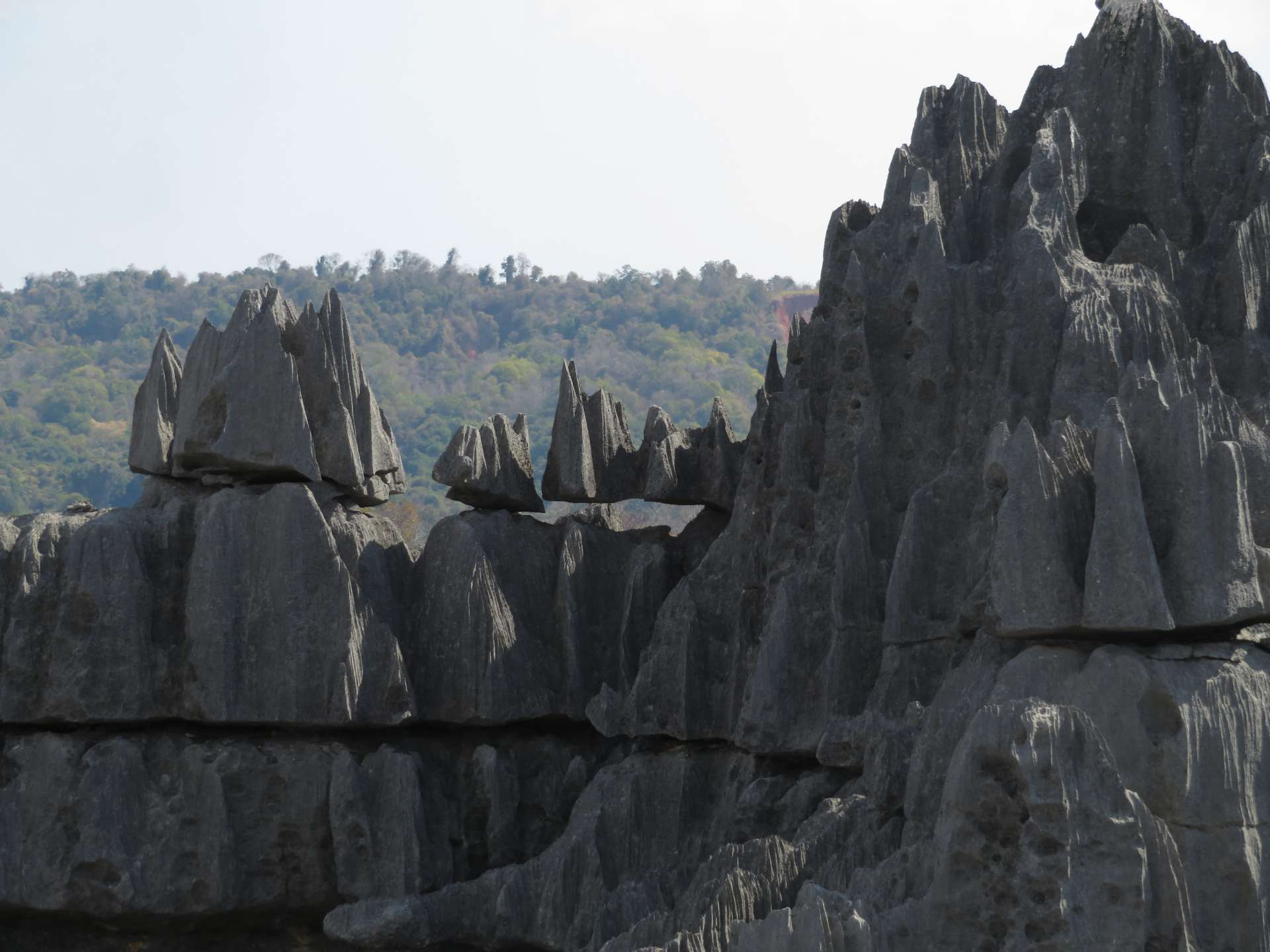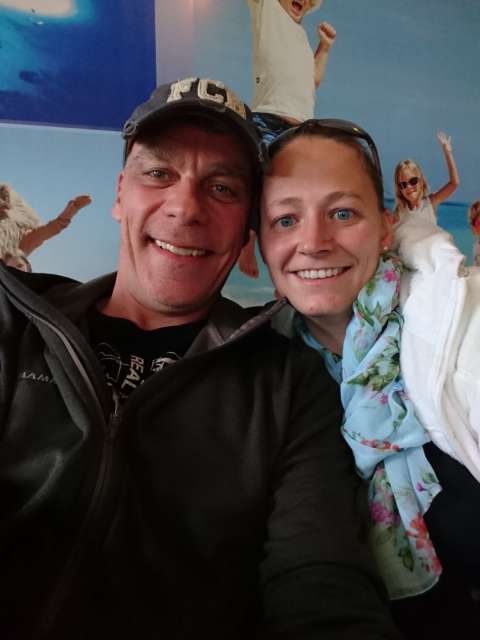The Indri Indri Reserve
പ്രസിദ്ധീകരിച്ചു: 26.09.2016
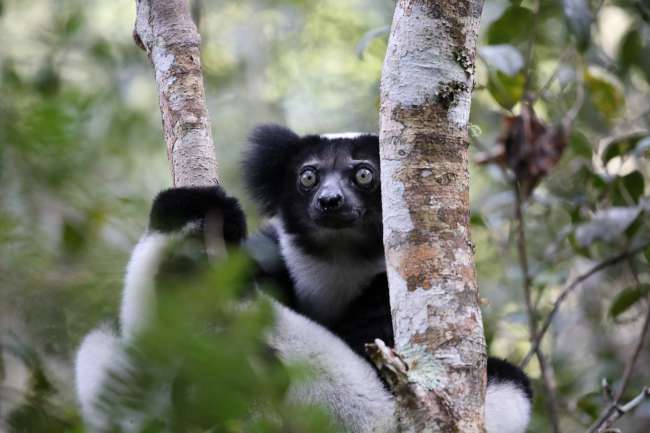
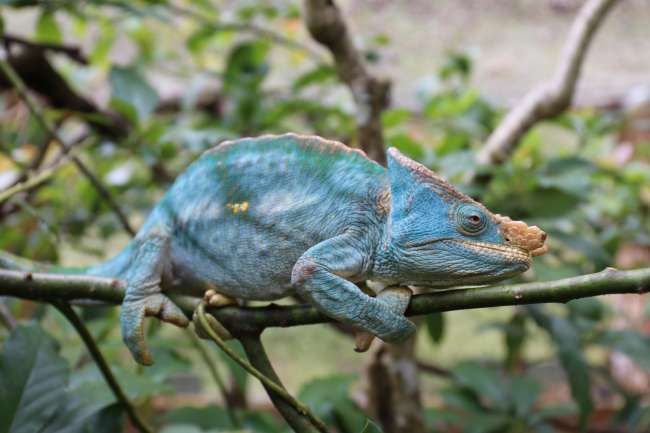
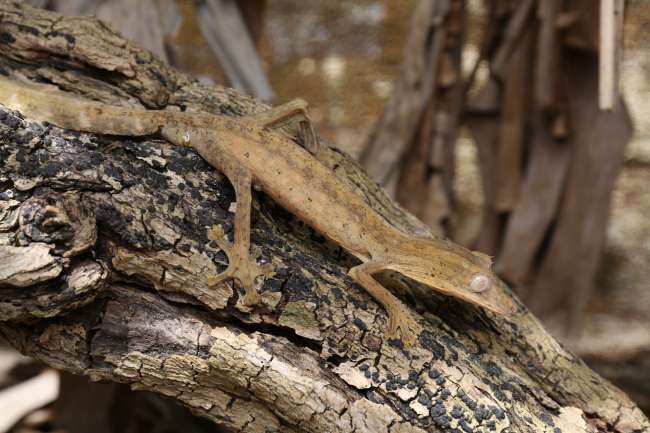
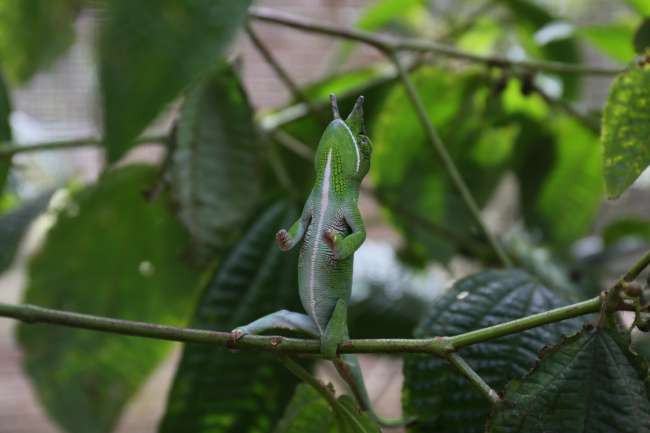
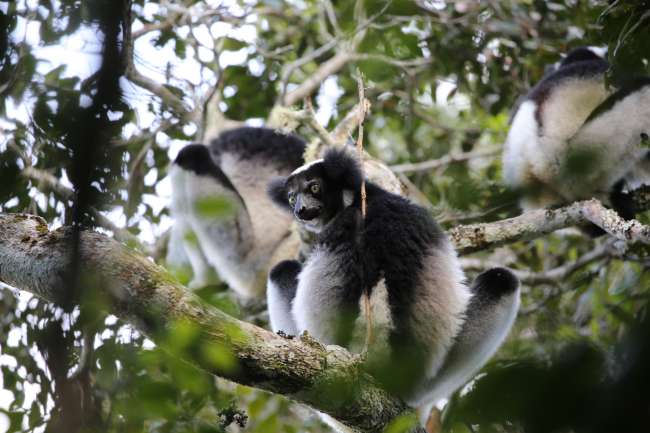
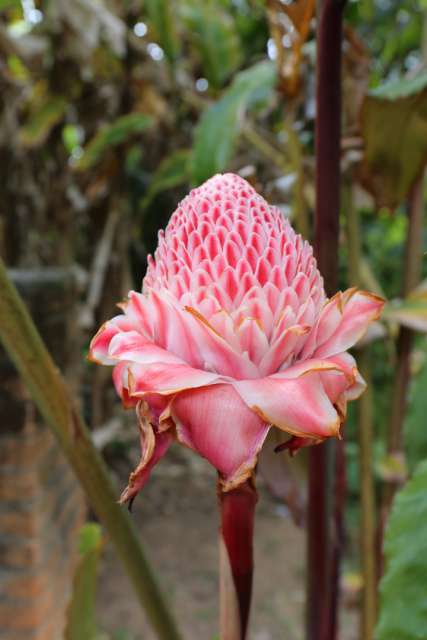
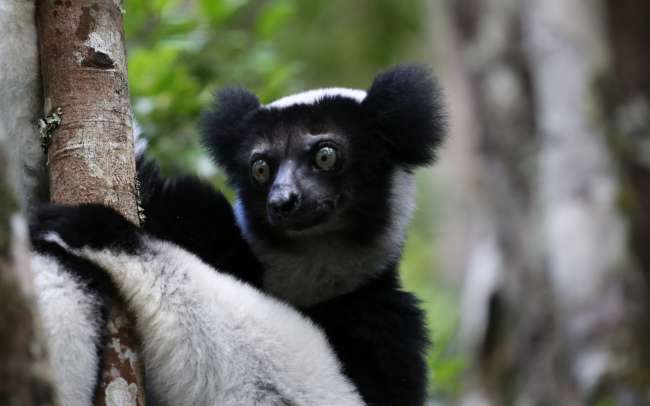
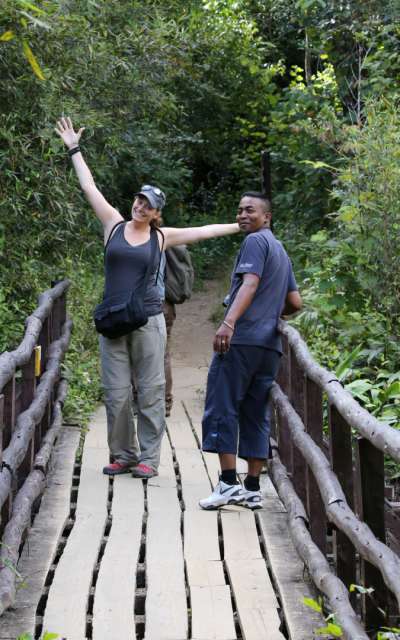
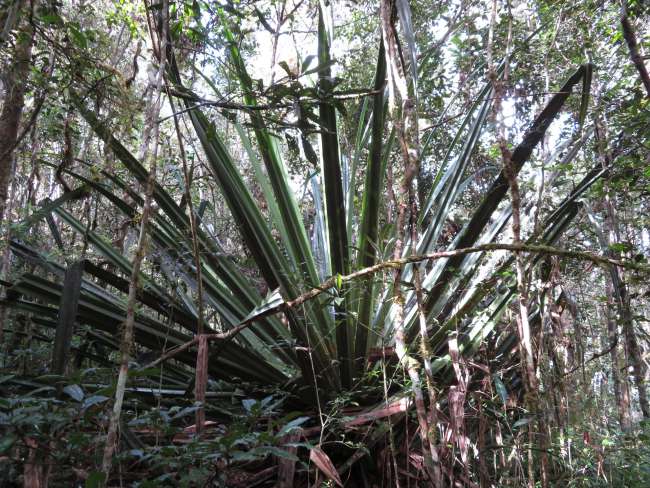
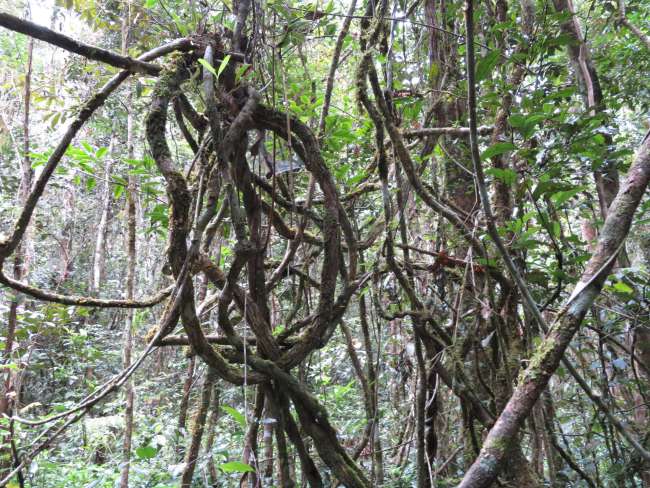
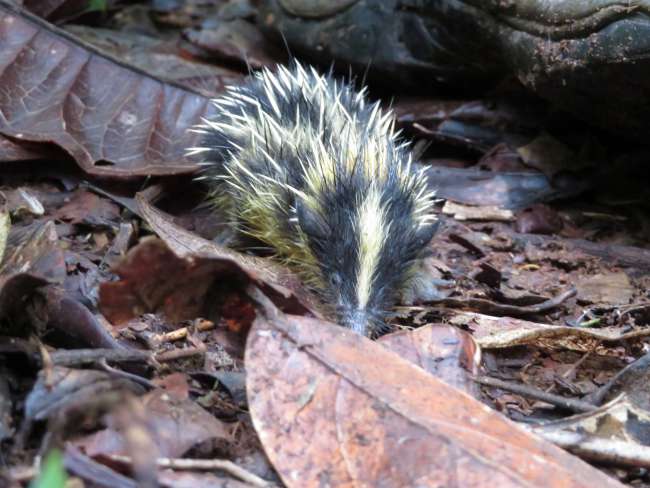
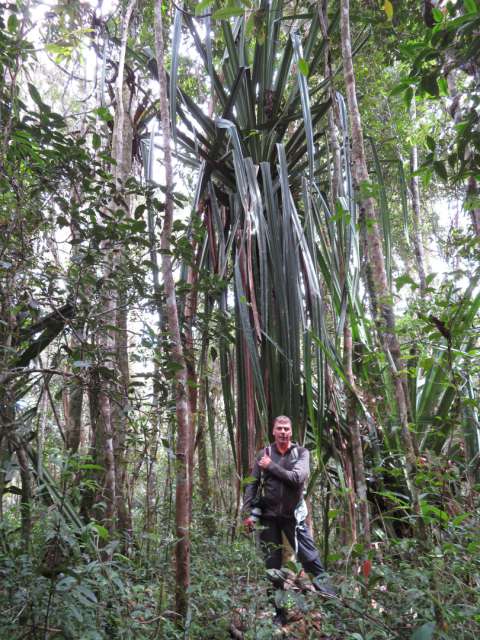
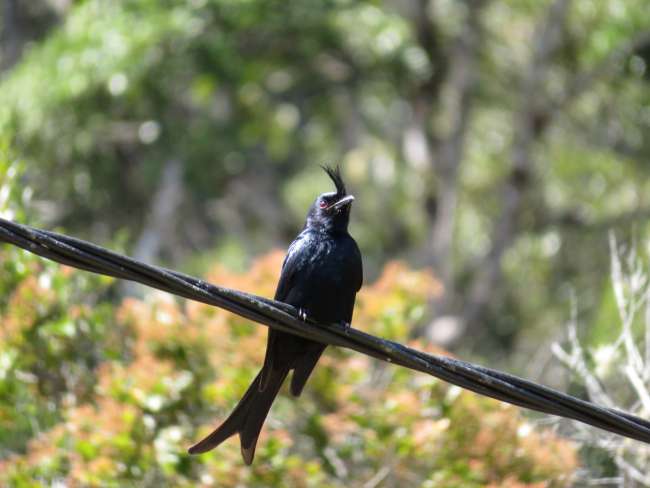
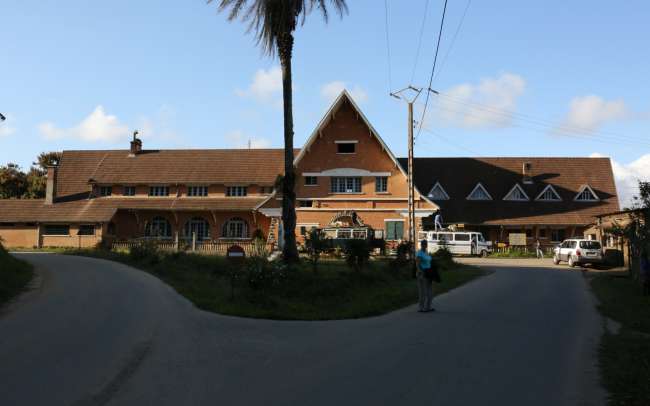
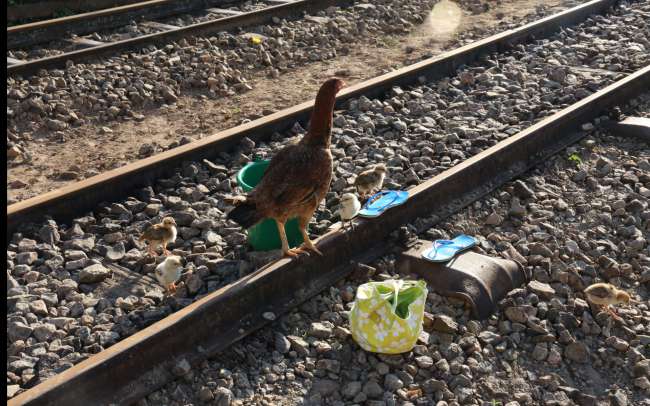
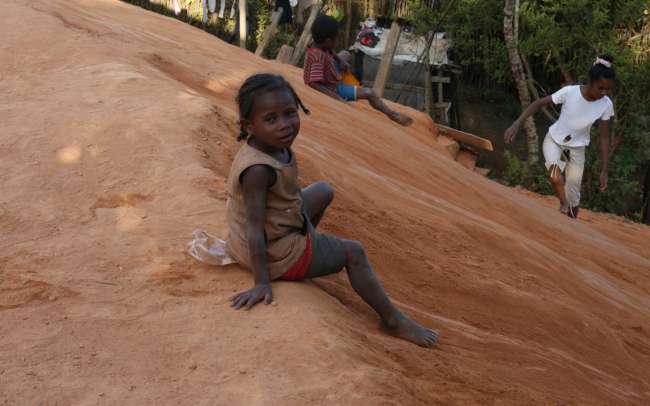
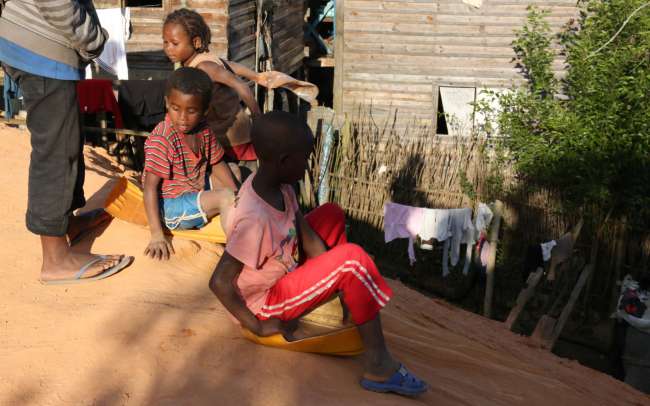
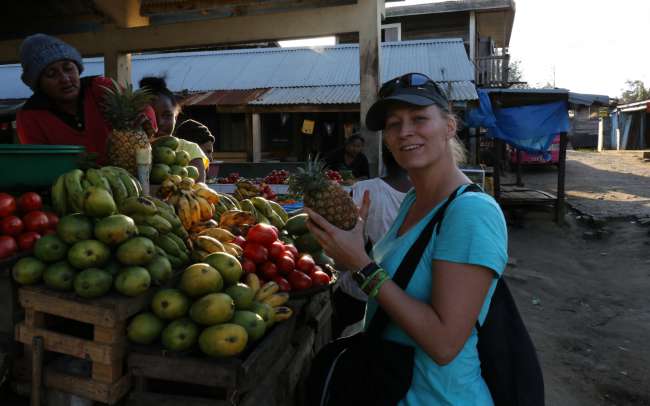
വാർത്താക്കുറിപ്പിലേക്ക് സബ്സ്ക്രൈബ് ചെയ്യുക
After a journey of about 4 hours from the capital, we reach the Mantadia National Park, which is practically the last refuge of the largest lemurs: the Indri Indri. The Indri Indri used to be found along almost the entire east coast, but now there are only a few left - the largest number here in the Mantadia National Park. The Indri Indri is known for its deafeningly loud singing, which can be heard from a distance of 2.5 km. You should definitely google it to experience this sound - it's really incredible. Anyway, in the afternoon, we reach the smaller Analamazoatra Park and go in search of the Indri Indri. We are lucky and find a family with 3 animals, some of which come quite close. And at some point, while we are observing them, they start singing: it is incredibly loud! I would estimate it to be around 90-100 db if you are standing right next to the animals. WOW! Eventually, we have to leave because the park closes at 4 o'clock in the afternoon. We hope to see the animals again in the morning at the big Mantadia Park and return to the hotel. While enjoying a drink on the hotel terrace, which is right on the edge of the park, we hear the animals again. There are different families communicating with each other. The next morning, we have to leave early, as the large park is 20 km away from the hotel, and it's a 20 km dirt road. After a drive of a little over an hour, we reach the park and go hiking. We hope to see the Indri Indri, as well as the equally rare Diademed Sifaka, and all the other animals and lemurs that are native to this area.
വാർത്താക്കുറിപ്പിലേക്ക് സബ്സ്ക്രൈബ് ചെയ്യുക
ഉത്തരം
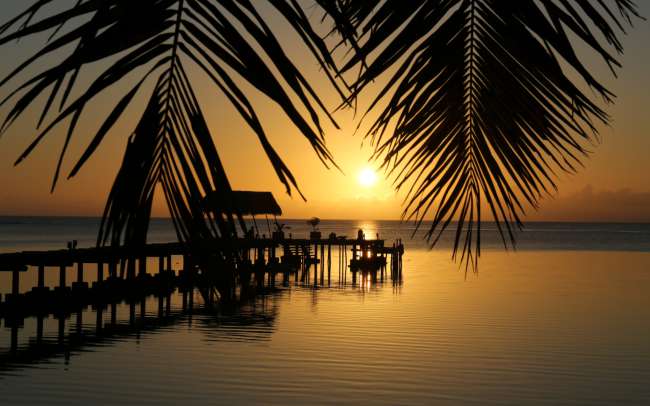
യാത്രാ റിപ്പോർട്ടുകൾ മഡഗാസ്കർ
